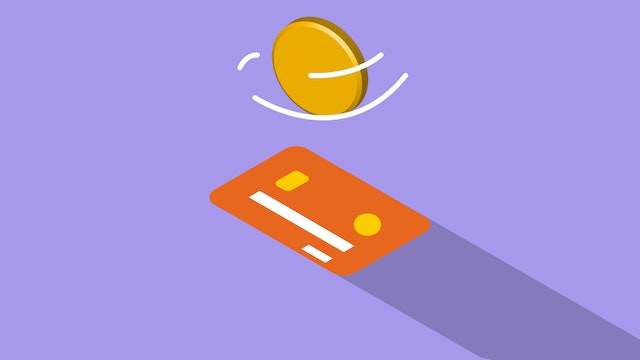Numerous transactions go place without any problems every day all across the world, enabling customers to easily buy products and services and companies to run efficiently. Underlying this apparently simple procedure is a complex mechanism that guarantees accurate and speedy payment processing.
A multitude of participants and technology collaborate in this system to produce a symphony of financial data and electronic signals.
The Journey of a Card Payment: From Swipe to Settlement
A complicated chain of actions begins when a customer swipes their credit or debit card at a point-of-sale terminal. When a card payment is made, the transaction details are sent to the merchant’s acquiring bank via the payment terminal during the authorization process.
The information is sent by this bank to the card network—Visa or MasterCard, for example—which then gets in touch with the cardholder’s issuing bank. The issuing bank confirms the card’s authenticity, examines the account for enough money or the credit limit, and looks for any signs of fraud.
If everything goes according to plan, the acquiring bank authorizes the transaction at the point-of-sale terminal after receiving an authorization number from the originating bank via the card network. The customer can quickly finish their purchase since the whole procedure takes just a few seconds.
The Role of Payment Gateways and Processors
An ecosystem for payment processing must include payment gateways and processors. The acquiring bank and the merchant’s point-of-sale system are connected via a payment gateway.
Sensitive data, including credit card numbers and personal information, is encrypted and safeguarded against fraud throughout the secure transmission of transaction data. The backend processes that enable the transfer of money between the several banks participating in the transaction are managed by payment processors, on the other hand.
To make sure that transactions are efficiently approved, processed, and paid, they collaborate closely with card networks. In addition, payment processors provide businesses services and tools for tracking sales, managing transactions, and managing chargebacks and refunds.
Understanding ACH Transactions and Their Significance
A significant percentage of non-cash payments made in the US are made via Automated Clearing House (ACH) operations. ACH, an electronic network that facilitates payments between banks, is extensively used for online money transfers, bill payments, and direct deposits.
In contrast to real-time processing of card payments, ACH transactions are handled in batches and usually take one to two business days to complete. The National Automated Clearing House Association (NACHA) is in charge of overseeing the ACH network, and it is governed by laws and guidelines that guarantee safe and efficient transactions.
The Federal Reserve or another private organization is the ACH operator that receives the payment data from the original bank when an ACH transaction is started. After the ACH operator sorts the transactions, they are sent to the recipient bank, which credits or debits the relevant accounts.
The Emergence of Real-Time Payments and FedNow
Real-time payment systems have emerged in response to consumer demand for speedier payment options; one such example in the US is FedNow payment processing system.
The Federal Reserve created FedNow with the goal of offering quick payment capabilities. This means that money can be moved and made accessible right away, day or night. Because they allow for instantaneous transaction settlement, real-time payments transform the conventional payment processing paradigm.
By doing this, batch processing delays are eliminated, ensuring that beneficiaries can receive their payments immediately and without having to wait for business hours or banking days. This translates into easier access to financing, better cash flow management, and more financial flexibility for both people and enterprises.
The Future of Payment Processing: Trends and Innovations
Innovations in technology and shifting customer tastes are driving continuous change in the payment processing sector. The growing use of mobile and contactless payment systems is one of the major trends influencing how payments are made in the future.
Customers can use their cell phones to make payments using mobile wallets like Apple Pay and Google Wallet, which provide simplicity and security via tokenization and biometric verification. Blockchain technology, which offers a decentralized and transparent record for transactions, is also set to transform the payment processing industry completely.
This can improve security, save transaction costs, and eliminate the need for intermediaries. Blockchain-based cryptocurrencies open up new opportunities for international transfers and peer-to-peer payments, but there are still a lot of obstacles to overcome, including volatility and legal issues.
Conclusion
The dynamic and intricate area of payment processing is essential to the operation of contemporary business. The payment processing industry will surely change as technology develops further, bringing with it new possibilities and innovations to improve the effectiveness and security of financial transactions.


